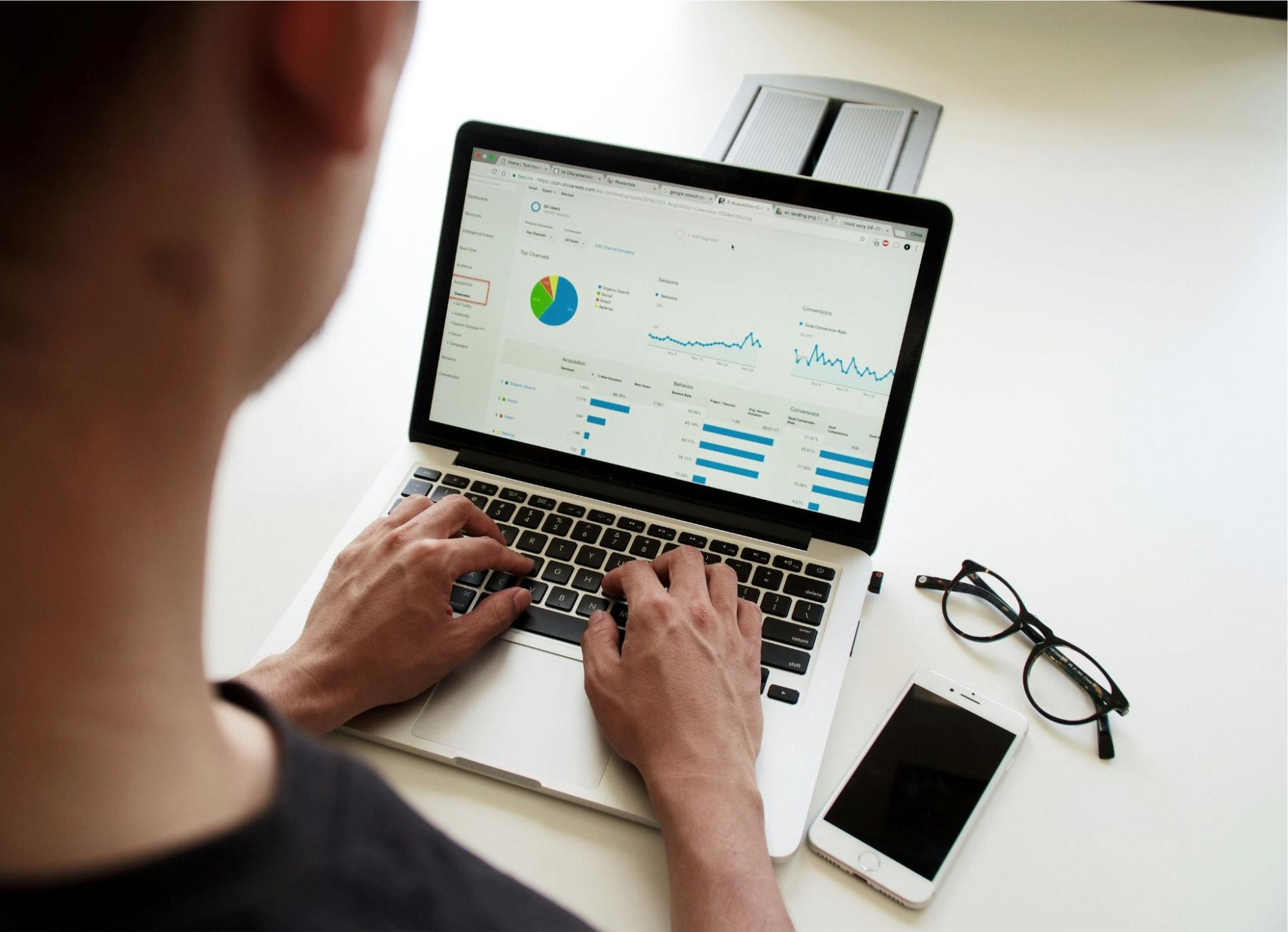
Discover 7 actionable ways to visualize eCommerce analytics. Enhance your strategy with effective data visualizations for improved insights and decision-making.
According to a study performed by MIT, 50% of the human brain is dedicated to processing visual information. Regarding your eCommerce business, poring over spreadsheets for hours may not be the optimal way to gather intelligence and oversight.
Why is data visualization so crucial to your understanding of eCommerce operations? And what can you do to enhance your data visualization strategy?
Read on as we explore the top X ways to visualize eCommerce analytics and the improvements you’ll notice when your data becomes easier to digest.
Why Is It Important To Make E-Commerce Data Cleaner?
Here’s why making your data cleaner should be at the top of your list for improving daily eCommerce operations.
Simplification
Breaking down data when it’s not in a readable format is much more difficult than having a clean display with summaries and deductions already attached. Visual overwhelm and ‘analysis paralysis’ occur when there’s simply too much information to review at one time.
Real-Time Monitoring
In the eCommerce world, data monitoring needs to be done in an instant with all relevant and up-to-date information. Need to know how well your items are performing or the number of returns received in the last week?
You may not have more than 10-20 minutes to find this information in the midst of a busy day, which is why the accessibility of data visualization matters to your daily operations.
Predictive Analysis
When you invest in a proper data visualization strategy, you can gain the advantage of predictive analysis. Based on existing trends in your data, a platform will generate visuals to map out predicted future trends. You can do this for predicted sales figures, revenue, expenses, and KPIs for your teams.
Improved Decision-Making
When making decisions for your business, your decisions should be informed by true, real data and performance metrics. By visualizing your data, you can seek out opportunities to ‘trim the fat’ and make significant cost savings.
You can also see aspects of your business that aren’t performing well and require your attention – products that aren’t moving, applications that aren’t providing ROI, and teams that are underperforming.
7 Ways To Visualize Your Ecommerce Analytics
Let’s explore some different ways of viewing your data and the best applications for them within your eCommerce strategy.
Column Charts
If you’re comparing categorical data, column charts are like a magic poll to help you understand the distinctions between them. If you were to measure sales in different product categories, for instance, there would be a column, and the height of that column would indicate the number of sales. The lowest column would be the lowest-performing category, and you could immediately identify where your attention is needed most.
Line Graphs
Line graphs are the ideal solution for viewing data progression over time. For instance, if you wanted to measure your sales figures across the year, you would use a line graph. You could even add an extra line in a different color to compare your sales figures with the previous year. Not only are line graphs ideal for forecasting and identifying trends, but they can help you develop business plans based on your busy and quiet seasons.
Pie Charts
Pie charts show fractions and can help you understand fragments of your business better. For instance, a pie chart can show customer demographics, allowing you to identify where the heaviest amount of your sales is coming from. You could also use them to show revenue for individual products or lead sources.
Heat Maps
Heat maps are the best way to show information relating to geographic information. It is recommended that you use them to show consumer location demographics. The map works the same way as an infrared system, showing different color gradients based on the density of the consumer population. Let’s say you’re using shades of red. The darker the red, the more consumers are in that location.
Scatter Plots
A scatter plot consists of dots in a traditional X-Y axis. It is one of the best ways to compare data from two different sources to identify any crossover. A great example of how to use this in the e-commerce world is to track the relationship between click-through rate and conversion metrics, allowing you to determine how successful your marketing efforts are.
Bubble Charts
A bubble chart works the same way as a scatter plot, only it uses bubble size to add a third variable. You might consider using a bubble chart to measure sales growth, volume growth, and revenue simultaneously.
Funnel Charts
Funnel charts are a great way to show conversion rates for different steps in the buyer journey. They identify bottlenecks and areas where your performance isn’t performing as expected. For example, in the middle of the funnel chart may be the website browsing process. If this column does not align with the funnel pattern, it would indicate that your website user experience is not performing as expected.
Best Practices For Visualizing Data
To visualize your data effectively, you need the right tools, and you need to make sure your data is reliable. Here are some best practices for getting crystal-clear visualization of your data:
- Invest in data visualization tools – you can find software that integrates seamlessly with your existing systems to provide enhanced visuals for your data, ensuring clarity every step of the way.
- Measure KPIs – your key performance metrics, including employee performance, should all be readily available for you to analyze. Using work management platforms and real-time monitoring can help you to track productivity in a reliable way.
- Use RFID tracking – to ensure your inventory data is accurate, use RFID tracking to automate the stock count process. Leaving room for manual error will increase discrepancies that harm your data insights.
Summary
Without an effective data visualization strategy, you’re stumbling around in the dark, poring over insurmountable lumps of information in spreadsheets. A data visualization tool does all of the legwork for you – all you need to do is choose a format to better your insights. Consider implementing data visualization tools to increase your insight and know what’s really happening.
Was this news helpful?







 Yes, great stuff!
Yes, great stuff! I’m not sure
I’m not sure No, doesn’t relate
No, doesn’t relate



